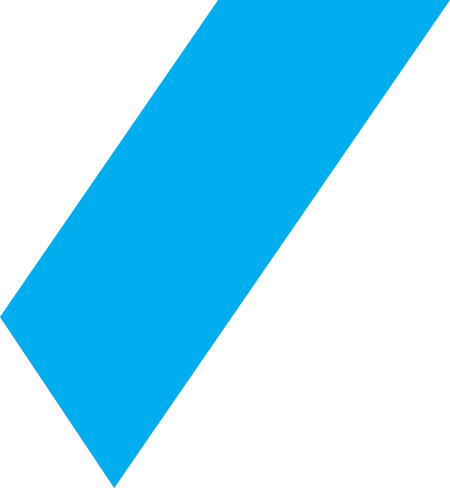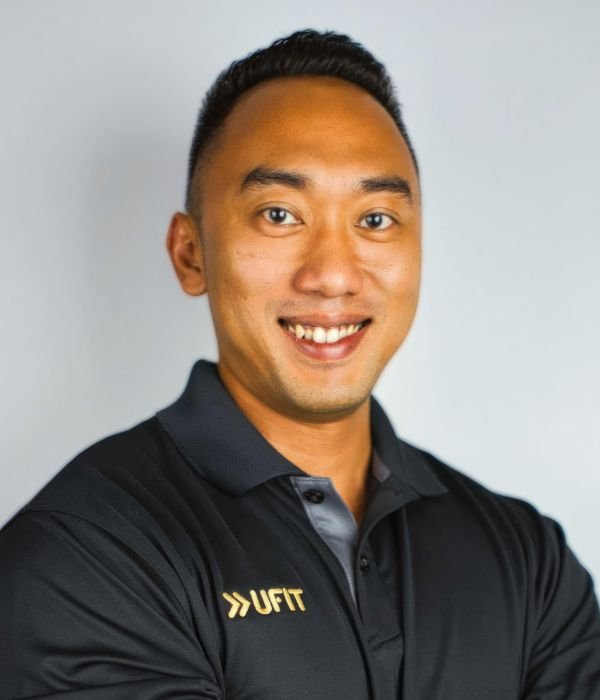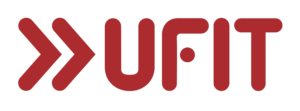Industry
Spotlight

The future likely lies in a hybrid model, where AI and human professionals work seamlessly together. AI can handle data synthesis, offer insights and suggested interventions, and streamline administrative tasks, while trainers and health professionals focus on personal connection and tailored guidance.

 The Rise of AI in Fitness: Are We Already Obsolete?
The Rise of AI in Fitness: Are We Already Obsolete?
The health and fitness world is constantly changing. But now we’re facing a disruption which has the potential to change the landscape of our industry more than ever before. The integration of AI is no longer a matter of “if” but “how far it will go.” The question is really – is AI here to amplify our impact, or replace us forever?
The Promise of AI in Fitness
At its core, AI thrives on data. In fitness, this means drawing insights from a whole load of varied sources: wearable devices, medical diagnostics, gym performance metrics, menstrual cycles, heart rate variability (HRV), sleep patterns – there really is no limit! Imagine a system merging this information to create real-time, hyper-personalized programming. Whether a client’s goal is to improve endurance, recover from injury, or maintain overall well-being, AI can deliver precise, actionable recommendations tailored to how the client feels and what they are capable of in that moment as they step onto the gym floor, or lace up their running shoes. In fact, it will even be able to change the intensity of the workout itself, based on the client’s response to the stimulus, and what they are looking to achieve in the session itself. For example, if the client is supposed to be on a recovery run, but their HR is drifting higher than expected, the AI coach can instruct them to run slower or even walk to achieve the intention of the session: active recovery.
This goes beyond programming. Within integrated care models like UFIT’s Circle of Care, AI can be the connective tissue between professionals. A podiatrist, for instance, could see exactly how many kilometres a client has run in the past month, avoiding the need for the client to try and remember. After a physio session, the client’s strength training sessions could be immediately modified to avoid certain movements to reduce load through certain joints. Strength, cardiovascular health, well-being, body composition, and other domains can be tracked precisely, with AI generating comprehensive progress reports highlighting successes, pinpointing weaknesses, and suggesting targeted interventions.
AI has the capacity to be a game-changer—offering insights no single human coach or clinician could piece together alone. However, as amazing as this all sounds, there are still some concerns and limitations we must be aware of.
The Irreplaceable Human Element
Data, without action, is just numbers sitting on a spreadsheet or an app. No matter how sophisticated, automated health plans run the risk of being no better than the dusty pamphlets in a doctor’s waiting room—another piece of advice lost in the noise of daily life.
Real change comes from human connection. The coach listens to clients’ struggles, celebrates their victories, and keeps them accountable to their goals. The podiatrist or physiotherapist provides not just a treatment plan, but reassurance and empathy. The personal trainer ensures that their clients push beyond what they thought possible. These micro-interactions build trust, foster buy-in, and sustain motivation over the long term.
The future likely lies in a hybrid model, where AI and human professionals work seamlessly together. AI can handle data synthesis, offer insights and suggested interventions, and streamline administrative tasks, while trainers and health professionals focus on personal connection and tailored guidance. This collaboration has the potential to amplify outcomes while preserving the irreplaceable human touch.
There is already evidence of this in the market—look no further than Future personal training and the amazing work Vor is doing to support coaches through AI tools.
True health gains are built on consistent positive decisions, stacked daily. AI can support this process, can nudge all day, but this will quickly become noise like all the other notifications you get. The true difference maker – the element that transforms goals into habits – remains inherently human.
The Next Frontier: AI Agents
As AI evolves, the next phase will likely see the rise of AI agents—virtual assistants that are intelligent, personable, and deeply integrated into daily life. Imagine an AI agent that monitors your health metrics, wakes you up at the right time in your sleep cycle, gives you clear direction for breakfast (and has already ensured the ingredients are delivered), gently nudges you to stretch after a long day at your desk, and recommends a stress-reducing breathing exercise after detecting elevated heart rates. We have already started down this path with our smart watches, but AI agents will take this support to the next level.
While our generation may approach such technologies with scepticism, the next generation—our children—will grow up with AI agents at home, in schools, and in their social environments. For them, an AI health coach may be as normal as a smartwatch is for us today. This comfort and trust in AI as a health partner could lead to a seismic shift in how healthcare and wellness are approached.
And as AI takes on a more prominent role in fitness and health, we must confront some critical ethical questions. Where is AI learning from? How do we ensure that the systems guiding our health decisions are being informed from the right sources? Specifically, could AI systems be influenced—or even compromised—by corporate interests? If AI agents are guiding us on nutrition or supplementation, for example, could they be sponsored by big corporations to promote their products? You would hope not, but this is exactly how Google search works, or sponsored Amazon items – are we that far away from Jeff Bezos and co influencing AI to direct us in certain directions? Perhaps they already are!
A Future of Collaboration, Not Replacement
For now, the fitness industry (like most other industries) is standing on the edge of an exciting era in which AI could and should enhance the work of the best trainers, coaches, and health professionals. The relationship should be symbiotic: AI provides data-driven insights, and humans provide the coaching, compassion, guidance, and accountability that technology cannot replicate.
I, for one, am deeply excited about the next phase of development for our industry and society and excited to see what opportunities it opens up!
About Declan Halpin
As Chief Executive Officer at UFIT, Declan oversees all UFIT’s health and fitness services, focusing on bringing together different service areas and leading changes in digital technology to improve UFIT’s operations. Declan has a background in high-level sports, physiotherapy and strength and conditioning, and is still dedicated to continuing to learn about all things health, fitness and wellness as the industry continues to evolve.






